Barby Parish
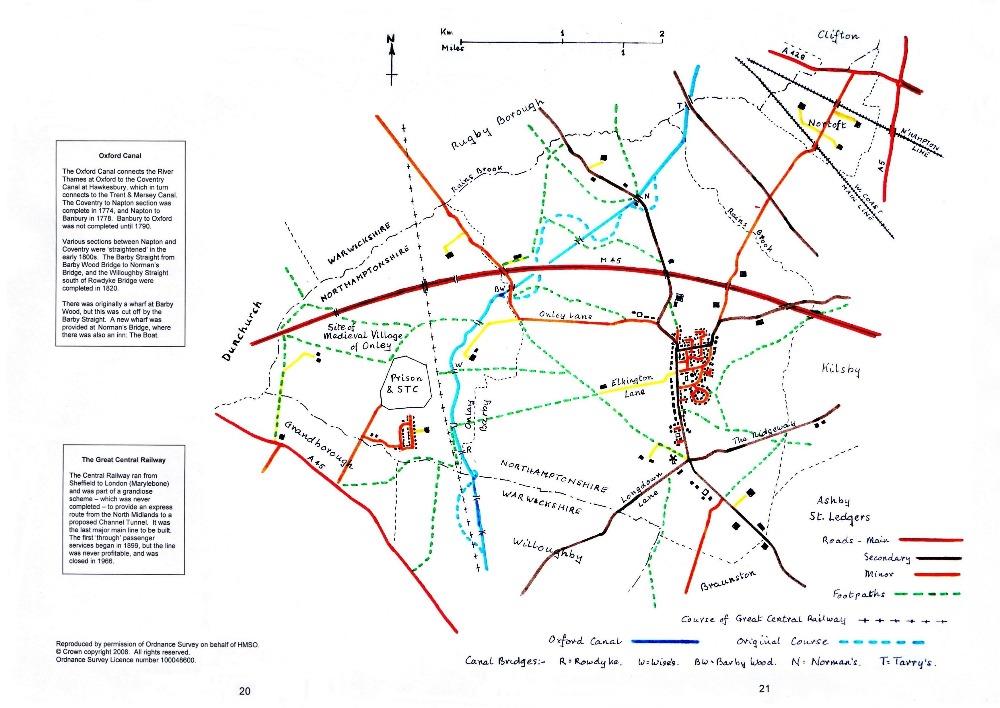
The
map above was drawn by Bernard Scott (1940-2021), a former member (and chair)
of Barby Local History Group. It forms
the centre fold of our book Putting Barby on the Map.
Barby, Northamptonshire
The village of Barby,
Northamptonshire, lies approximately halfway between Rugby in Warwickshire and
Daventry in Northamptonshire. It sits on
a hill overlooking the Rainsbrook and River Leam valleys. The Oxford canal is about one mile to the
west, running roughly north/south. The
M45 motorway passes close by to the north.
The parish of Barby includes Onley, which lies beyond the
canal and is accessed from the A45. Once
a hamlet, Onley has been developed around a large prison complex. The site was used during and after World War
II, firstly as an armaments depot, then as a prisoner of war camp. The present complex was developed from a
Borstal built in 1969. Today, most of
the houses provided by the Home Office for the prison officers are privately
owned. In 2011, the national census
recorded the institutional population at Onley as 1078, out of a total parish
population of 2336, about 46%.
Until 1884, when it was amalgamated with Kilsby parish, the
detached hamlet of Nortoft was part of Barby parish. Part of it has been absorbed into development
at Daventry International Rail Freight Terminal (DIRFT), the logistics park at
Junction 18 of the M1.
Barby village was probably founded in Saxon times, its
name variously thought to be derived from Saxon or Old Norse words meaning
‘hill dwelling’ or ‘hill settlement’.
The wood on the western slope of the hill, overlooking Onley, probably
planted in the twelfth century, was felled by the seventeenth century. Onley itself became a deserted mediaeval
village.
Today, Barby is thriving.
Although the population remained steady during the nineteenth century,
it fell to a low of 427 in 1961, endangering the future of the village
school. Housing development in the 1960s
ensured rapid growth and a new school was built. Since 1997, Barby has been designated a
‘restricted infill’ village.
Many of those arriving in the 1960s were employed in
engineering, working in Rugby and Coventry.
Previously, Barby had been an agricultural village, occupied by farm
workers and associated tradesmen, although a small factory building in the
centre was in existence from the 1950s until 2020. At first it housed an engineering firm; then
Andrews Maclaren’s Baby Buggy factory; and most recently a wood-turning
workshop. Earlier village trades
included weaving – there were 10 weavers in an adult male population of 54 in
1777 – and domestic shoemaking in the nineteenth century, before the trade
became factory-based in Northamptonshire.
The earliest models of the Baby Buggy, invented by Owen
Maclaren, were made by local people, either in the stables of Maclaren’s home,
Arnold House on Daventry Road, or in their own homes. The stables were previously used for polo
ponies.
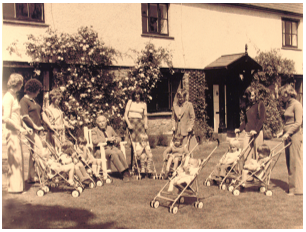
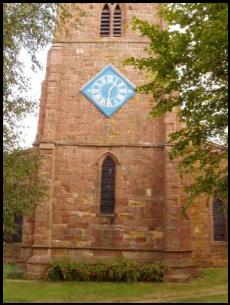
Arnold
House is one of the many interesting buildings in the village, some of which
are listed. The most significant of the
listed buildings is the village church, St Mary’s, built mainly of pink
sandstone. The church contains some
Anglo-Saxon remains, but the present construction probably dates from the
thirteenth and fourteenth centuries.
However, mediaeval wall paintings were lost when the church was
‘restored’ in Victorian times. More
recently, in commemoration of the Queen’s Golden Jubilee, a fifth bell was hung
in 2002, to complete the peal housed in the tower, and restoration of the
external stonework was carried out in 2011.
There
is a busy social life in the village, centred on the Village Hall, an extended and modernised Victorian school
building, and the Sports Field and Pavilion, built on land in Longdown Lane
owned by the parish’s Townlands Charity.
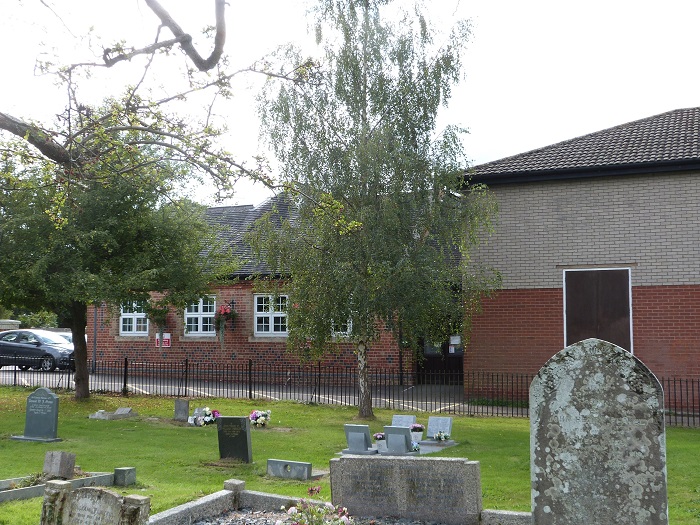
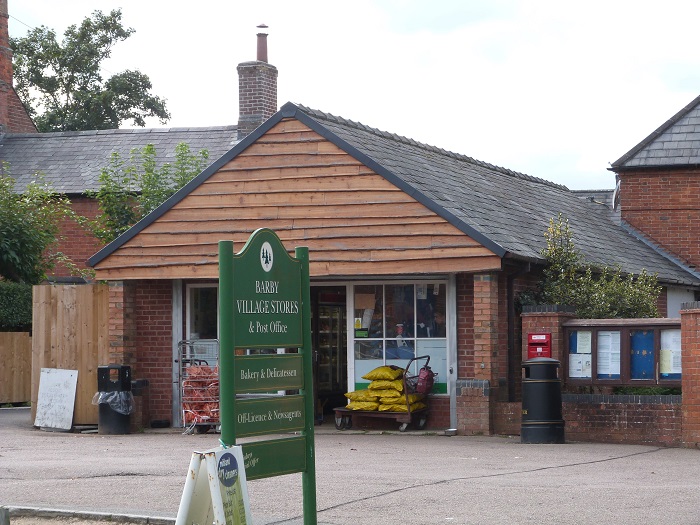
Other
facilities include a skateboard ramp, a tennis court, and the Village Stores
& Post Office.
Only one public house, The Arnold Arms, has survived
into the twenty first century; at the moment its future is uncertain.
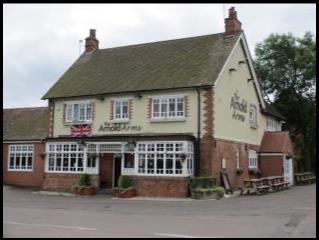
The parish council website is at www.barbyandonleyparishcouncil.co.uk